New cultural and educational hub Čoarvemátta draws inspiration from Sami heritage and traditional building customs
Snøhetta, together with 70°N architecture and artist Joar Nango, delivered the winning proposal in the architectural competition for a new Sami theatre and school building in 2021. Now, the prominent building has been inaugurated.
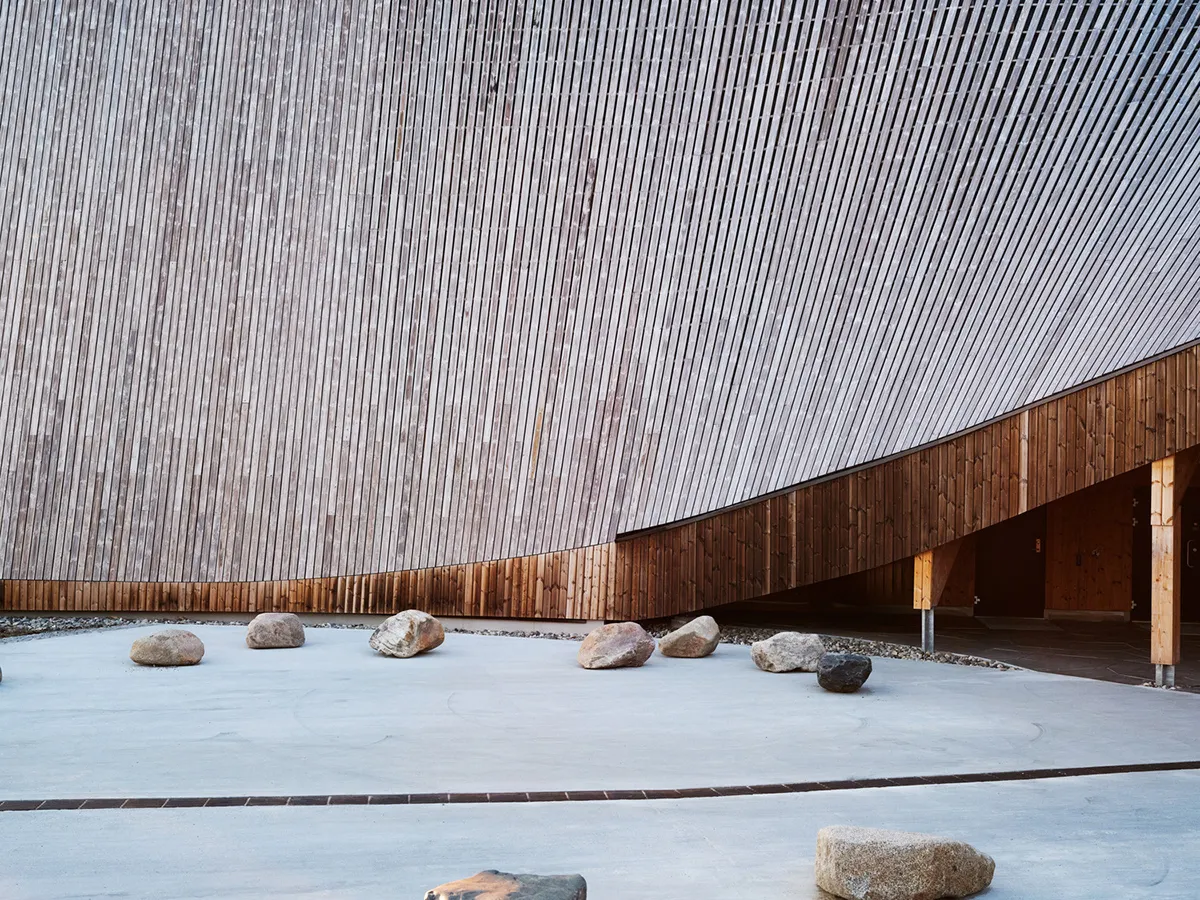
Photo: Lars Petter Pettersen/Snøhetta
The name Čoarvemátta comes from the Sámi words for horn and root, after the innermost and strongest part of the reindeer antlers. This symbolizes different qualities and strengths and represents elements that unite, as Čoarvemátta will be a unifying force for the institutions that share the building: the Sami National Theatre Beaivváš and the Sami High School and Reindeer Herding School.
“We are proud to have contributed to putting this long-awaited and important building in its place. A combined theater and reindeer herding school is a fun program to work with for an architect. It is a testament to good architecture that two really non-interoperable institutions are successfully connected. The project also provides exceptionally good use of resources, which also play a vital role in traditional Sami handicrafts, duodji, where it’s an important principle that everything from the animal can be used for something – the skin, the nostril – and the horn,” says Kjetil Trædal Thorsen, Snøhetta Founding Partner.
“The innermost part of the reindeer horn also symbolizes different qualities and strengths and represents elements that unite, as we hope Čoarvemátta will be a unifying force for the institutions that share the building, and the Sami community at large.”
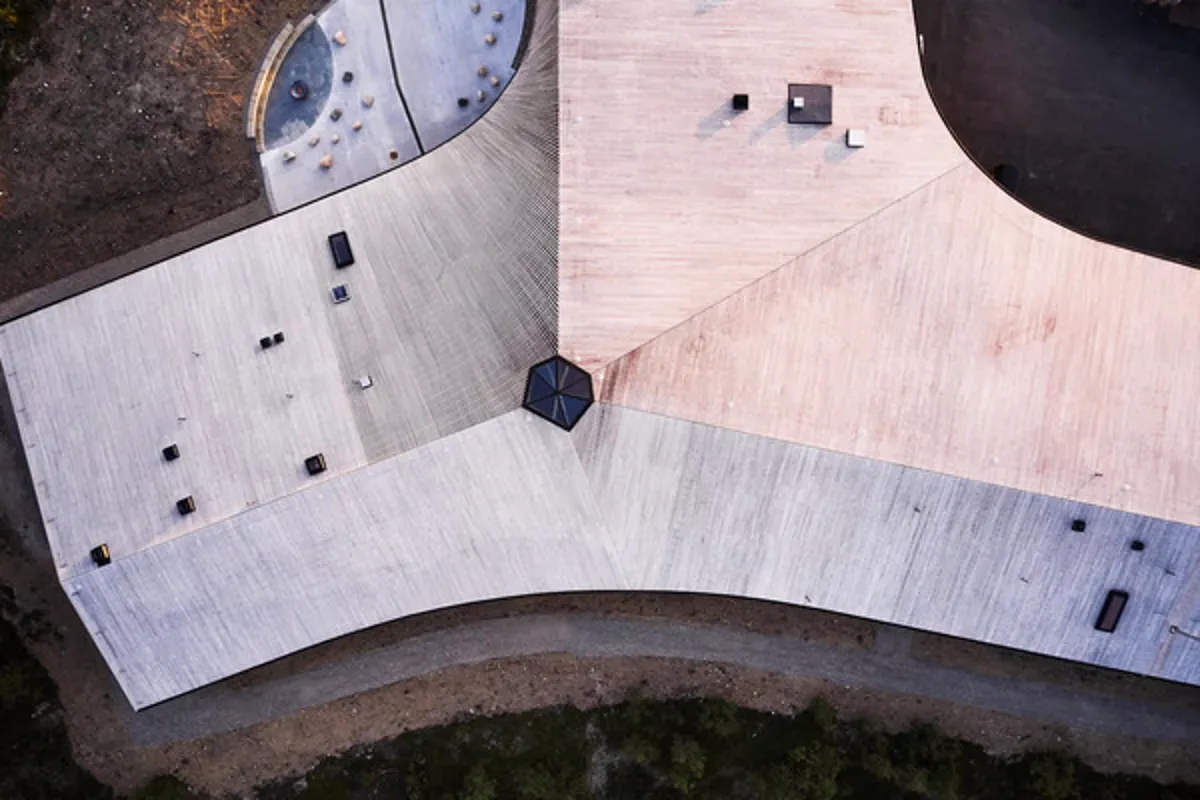
Design and Architecture
The new building is located in Kautokeino in the middle of Finnmarksvidda, Norway’s largest and northernmost plateau. All four of the building’s facades relate to the various landscape spaces that surround it in different ways.
The building sits low in the landscape and has proportions that harmonize with the surrounding hills and heights with no sharp angles breaking with the organic forms. The sloping roof on two sides (north, south) minimizes the project’s height effect seen from a distance, and at the same time creates an entrance situation towards the access from the southwest.
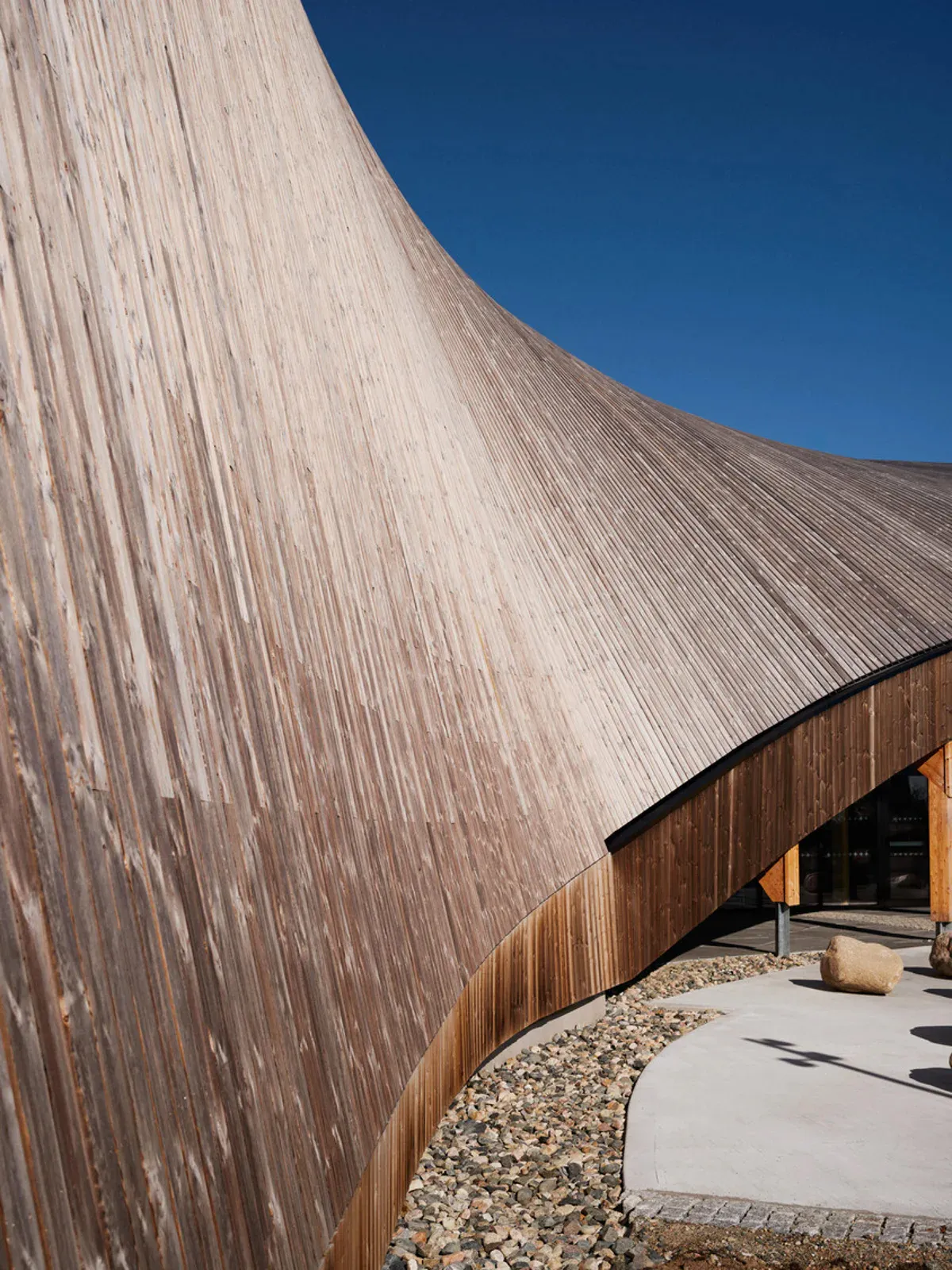
The new shared space has a branching shape, with a main entrance and vestibule located at its center, creating a gathering place for both the school’s and the theater’s users. From here, the building body stretches in three directions – with one wing each for the theatre, workshops and teaching rooms, and the school’s administration.
The curved lines, the vestibule with skylights as from a reahpen, smoke hole, and the visible load-bearing timber structure in wood, are inspired by wooden structures typical of reindeer herding Sámi areas, such as the lávvu.
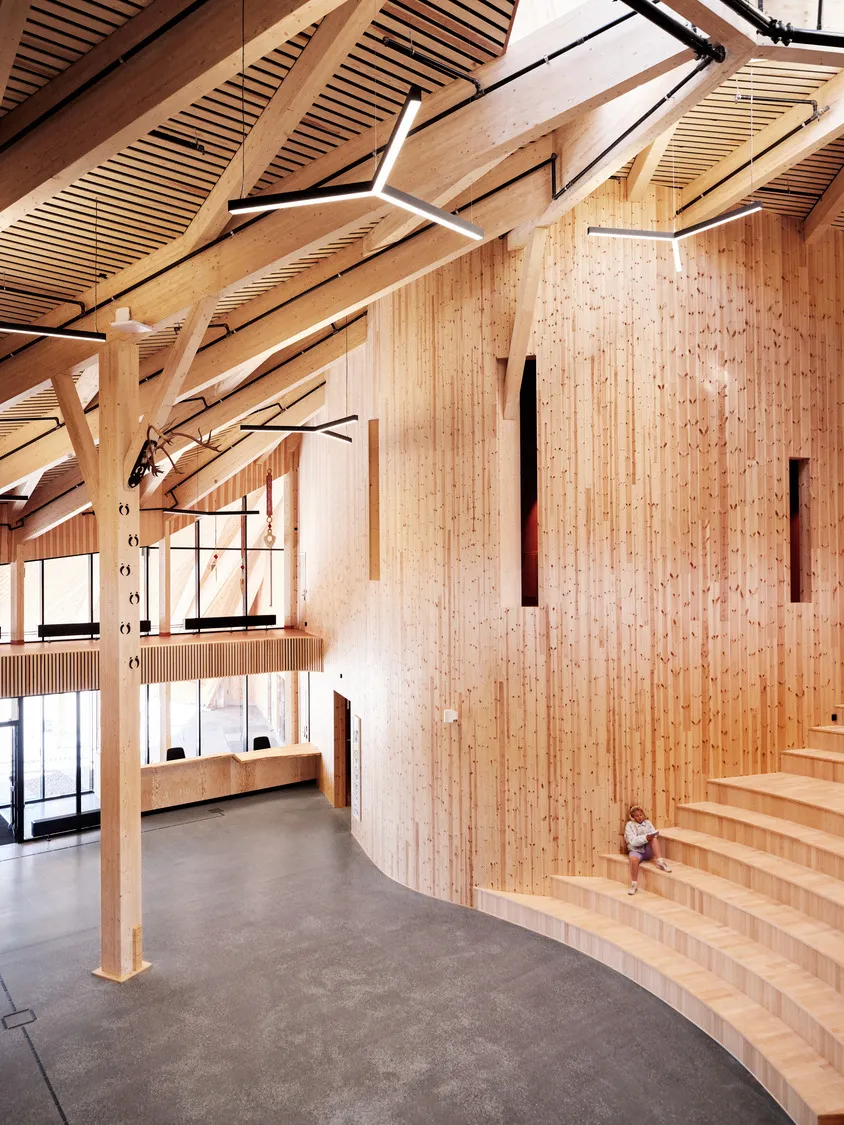
“The shape of the building springs from the idea of creating a unified volume for the theatre and the school, and of gathering the functions around a connection point – the meeting place. Elements have also been taken from Sami building traditions – the skylight in the vestibule, the visible supporting structure, and the unifying roof with its soft shape that opens towards the entrance,” says Bård Vaag Stangnes, Senior Architect in Snøhetta and Project Leader of Čoarvemátta.
Materials and color
The façade of the building is made of standing wood clad in ore pine. The massive roof measures 4930 m2 and is clad with 34,000 meters of kebony. The Alta slate stone on the theatre’s gable wall has been reused from the village’s old primary school, which has been demolished.
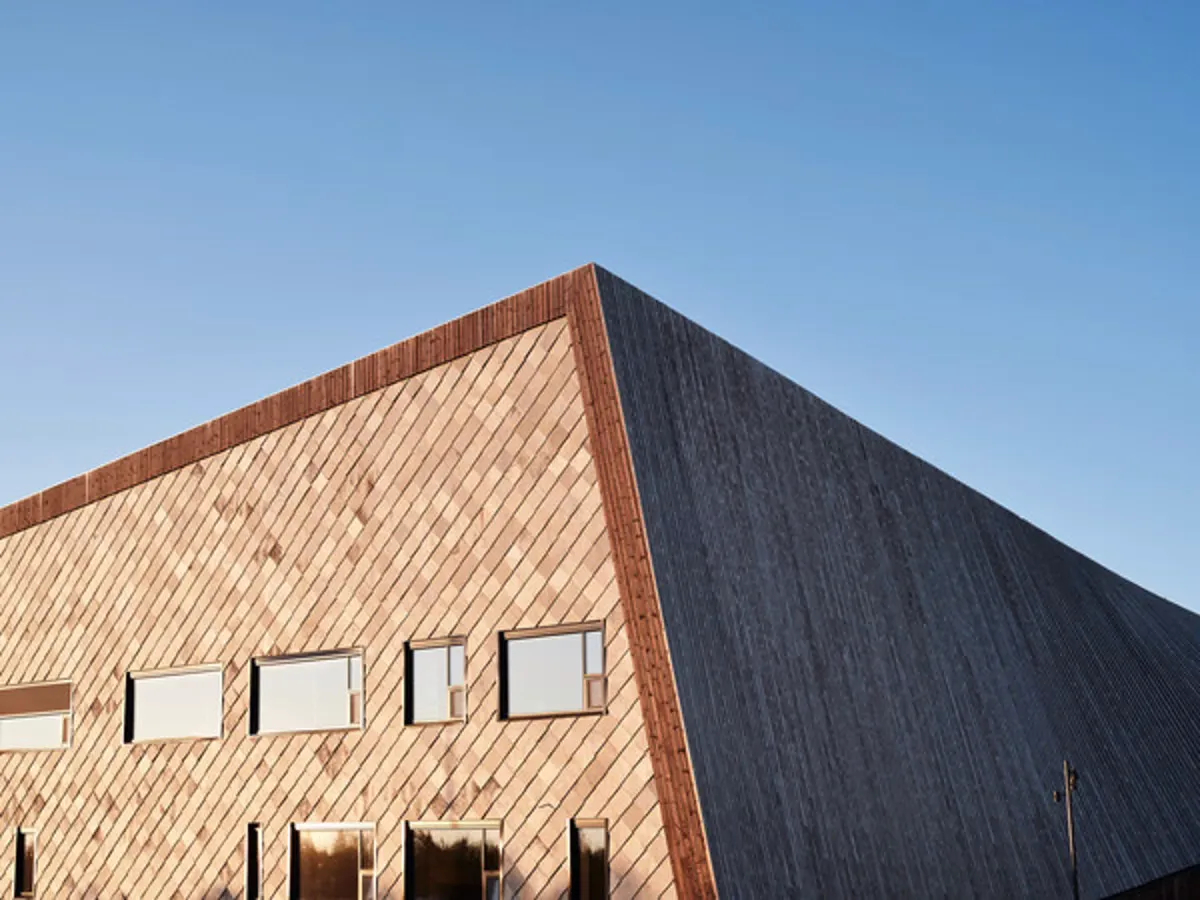
Inside the vestibule and corridors, the polished concrete floors mimic the ground outside the building, with elements of locally mined stone, including slate and masi quartzite, in various shades of grey and green.
The center of the building, around the foyer, vestibule and theater halls, is painted in warm, red shades. Then the color scheme becomes cooler the further away from the source you get, with bluish tones at each end of the building’s wings. Contrasts between door, wall and floor within the different color schemes have clear references to Sami use of color. This makes a strong contrast to the building’s exterior, which is clad in white for the most part of the year.
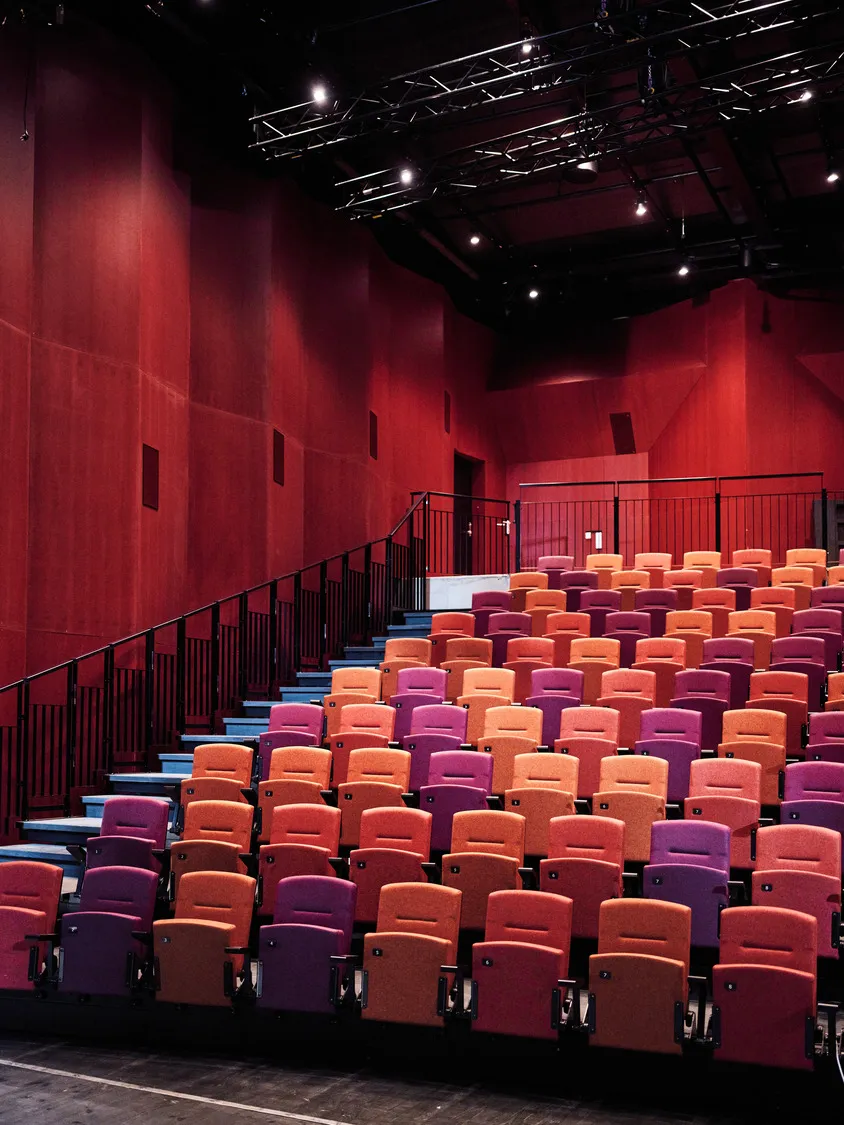
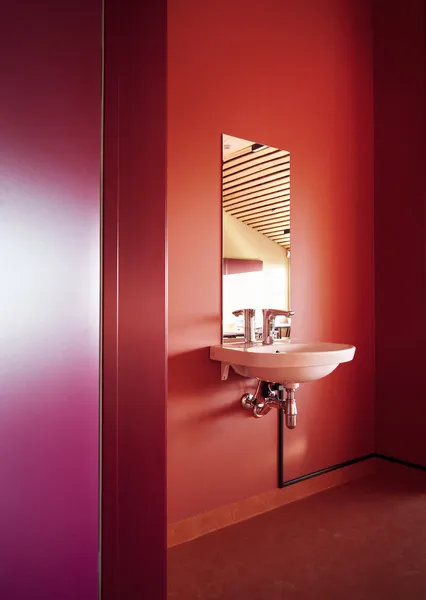
Landscape
The branching shape of the building naturally forms three outdoor spaces. The one facing south constitutes the main entrance and a space in front of it. The forecourt is an intimate and circular space with arrán, a fire pit, sitting stones and an amphitheater. The sitting stones are taken from the plateau just outside, and this flexible room can be used by both school and theatre. The Alta slate used here comes from a quarry near the construction site.
The outdoor area on the other side of the theatre wing is intended for the school’s building trade workshops and is shielded both visually and from the prevailing wind direction and harsh weather at Finnmarksvidda.

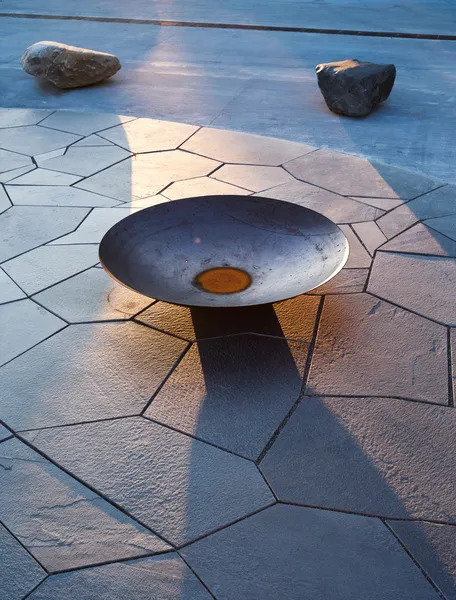
North of the building, large areas have been set aside for reindeer fences, which are directly linked to the reindeer herding department inside the building and have been built by local experts. On the east side, the plateau meets the building in a natural way, and the terrain and vegetation have been preserved as close as possible to the building.
Natural ground heating
Čoarvemátta meets the requirements of the Passive house standard, which means that the building is of very high quality, with a good indoor climate and extremely low energy requirements.
The building is 90% self-sufficient in energy to heating and cooling thanks to 40 geowells drilled about 250 meters into the ground. The wells supply two heat pumps that both heat and cool the building, while exchangers for the energy wells dump surplus heat back again. On the coldest winter days, the system is supplemented with an electric boiler.
Čoarvemátta meets the requirements of the Passive house standard, which means that the building is of very high quality, with a good indoor climate and extremely low energy requirements.
The building is 90% self-sufficient in energy to heating and cooling thanks to 40 geowells drilled about 250 meters into the ground. The wells supply two heat pumps that both heat and cool the building, while exchangers for the energy wells dump surplus heat back again. On the coldest winter days, the system is supplemented with an electric boiler.
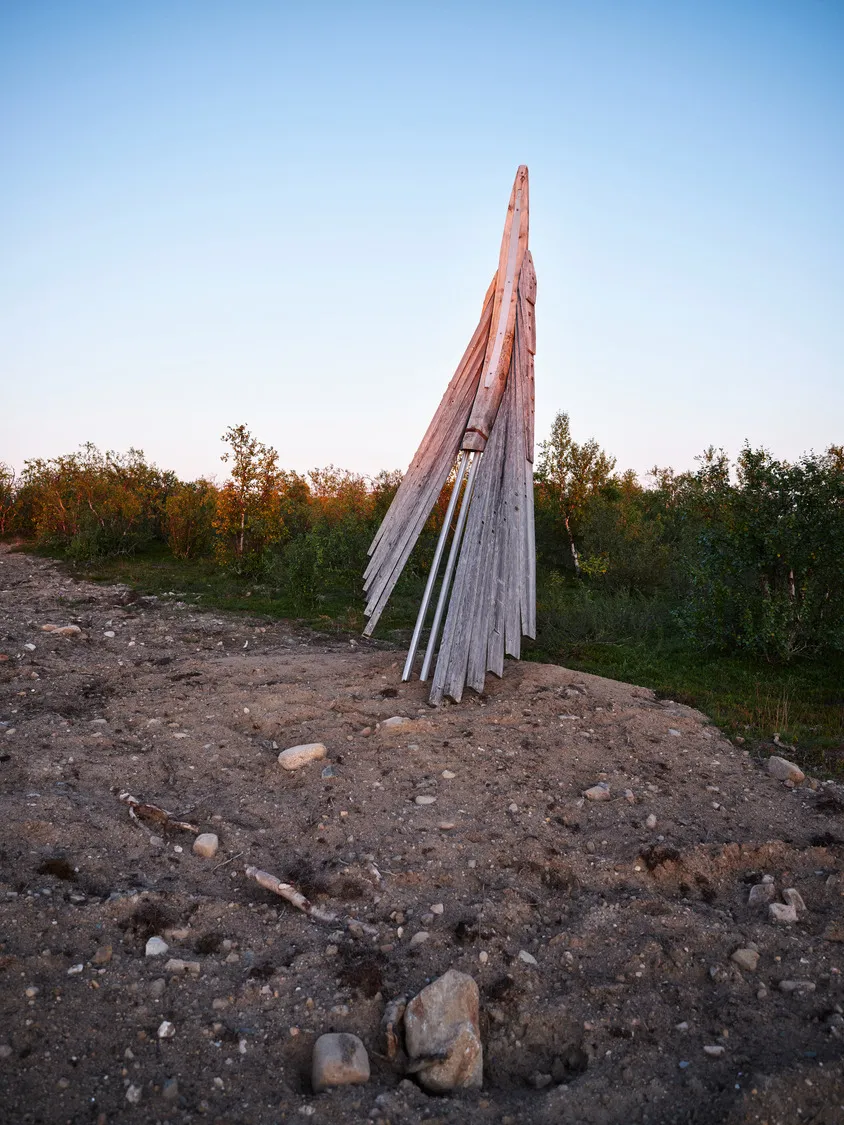

Over the entire construction site, soil that has had to be removed has been preserved, the top layer has been temporarily stored, and subsequently returned to all surfaces around the building, so that the seed stocks are intact.
Restoring the plateau landscape takes time but is allowed as new plants with new roots prevent the original seeds from germinating. On the forecourt, a small amount of grass seeds has been sown that NIBIO has collected in Finnmark, this has been done exceptionally to allow forecourt to turn green faster.
“The Sami culture has no tradition of cultivating landscapes into parks and urban spaces. When you step out of the lavvu, you are directly in nature – in the landscape,” says Thea Kvamme Hartmann, Senior Landscape Architect.
“Much of the project has, therefore, been about creating a strategy for how the area can be revegetated and the plateau return to encircling the building after the construction period has ended.”
Signage and wayfinding
Snøhetta has also made the signage and wayfinding program that follows the project’s visuality and works complementary to architecture, interior, and landscape design. It is primarily functional, but like the building, it also has subtle references to traditional craftsmanship and use of materials.

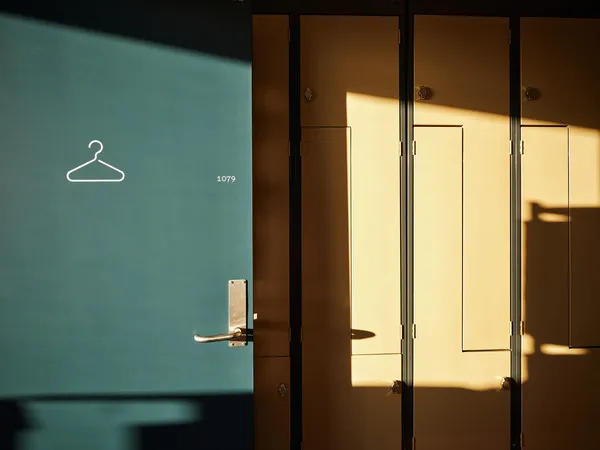
The signs are made of powder-coated steel and pine, and the graphic elements, including typography and pictograms, mirror the building’s alignment. Iconography is used extensively for readability at a distance to meet the requirements for multilingualism (Northern, Southern, Lule Sámi, and Bokmål).
Commissioned artworks
KORO, the Norwegian state’s professional body for art in public spaces, has been responsible for the art procurement of Čoarvemátta. A total of six new works of art have been created for the new building. After a closed competition, Máret Ánne Sara (b. 1983) was invited to design the theatre’s stage curtain. Britta Marakatt-Labba (b. 1951) is one of Sápmi’s most renowned contemporary artists, and has created the embroidery Miin Duoddarat / Our Plains, with direct references to the history of the theatre for the building’s common room.

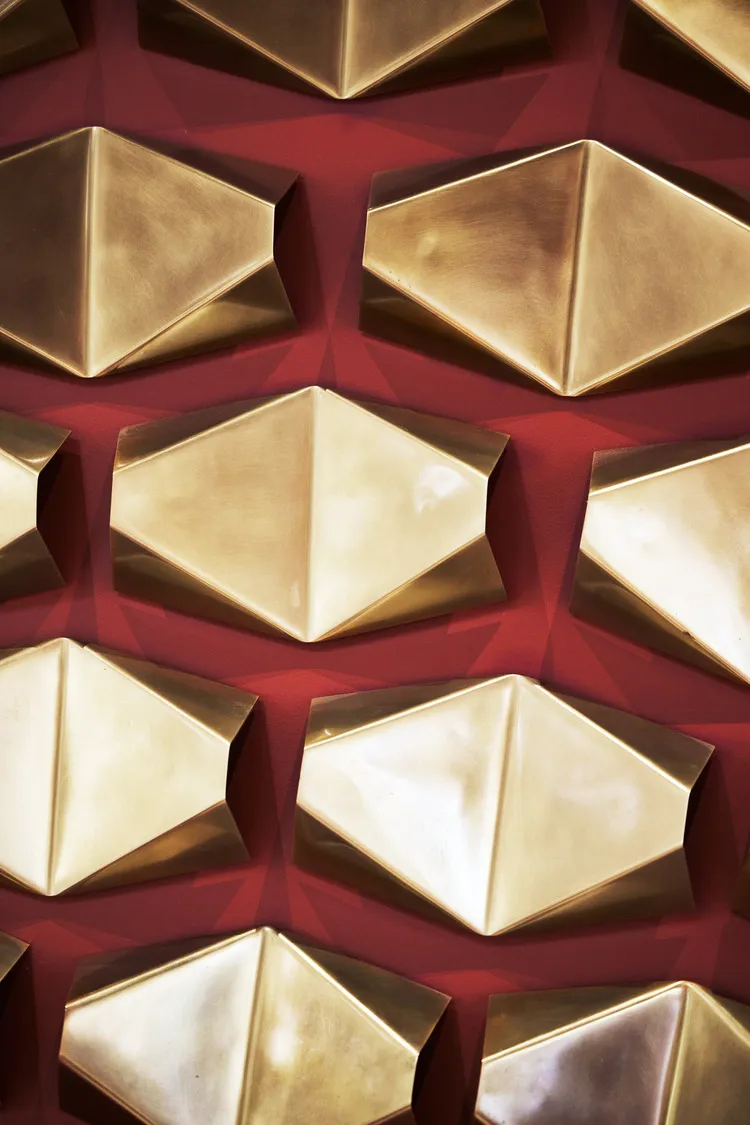
In addition to the new works, two larger, existing works of art by two of Sápmi’s most famous and influential artists, Aage Gaup (1943–2021) and Iver Jåks (1932–2007), have been moved from the old school building to the new building.
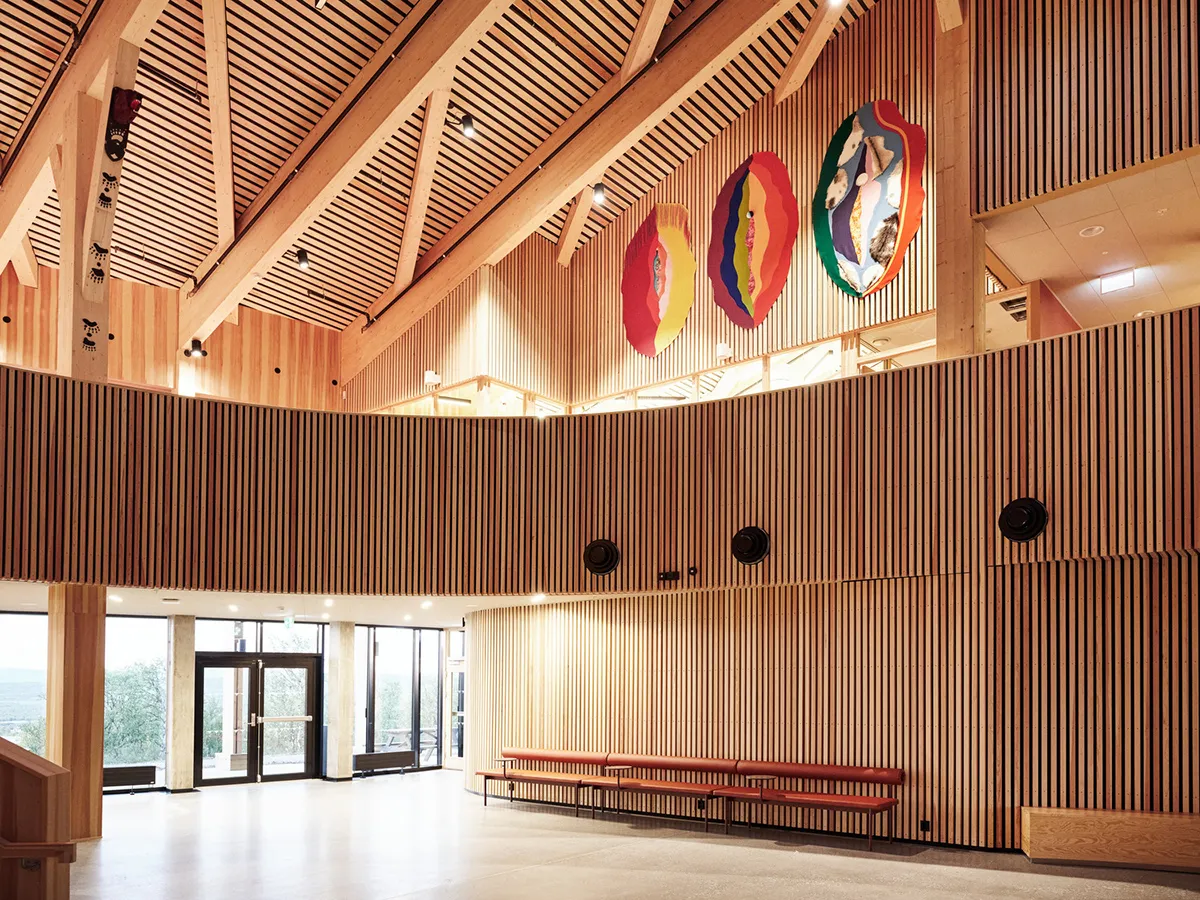
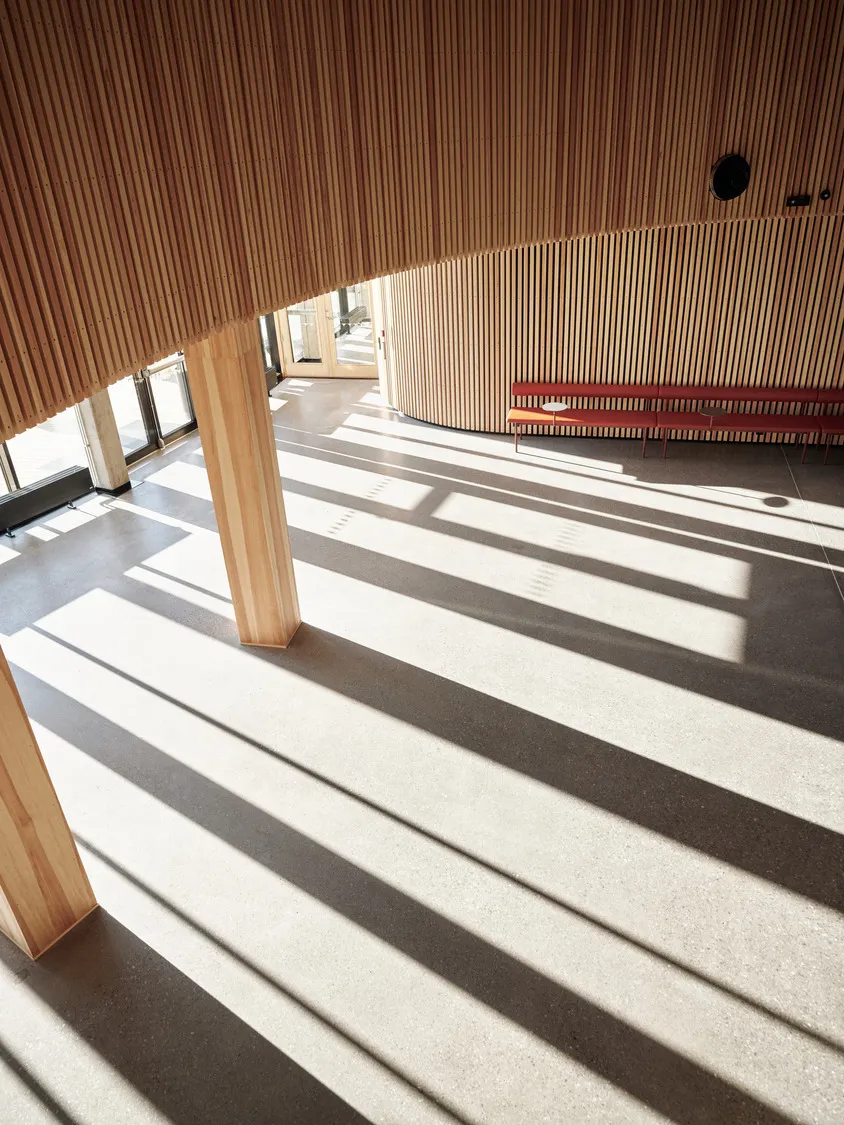
Read more about the project on Snøhetta’s website:
https://www.snohetta.com/projects/coarvematta
Photo: Lars Petter Pettersen/Snøhetta
More news from Snøhetta:

MATTER — a new woven language rooted in randomness
From Code to Carpet: Snøhetta and Ege Carpets introduce MATTER — a new woven language …

A shelving system sculpting space through light, form, and movement by Snøhetta
A shelving system sculpting space through light, form, and movement In collaboration with BD Barcelona …

Come and discover the Array modular sofa system, designed by Snøhetta – MDF Italia
Array is a sofa system designed by Snøhetta to offer maximum flexibility and comfort. It’s …

Vesterheim Commons wins IES Illumination Award of Merit – Snøhetta
Vesterheim Commons has been awarded an IES Illumination Award of Merit for its meritorious contribution …

Snøhetta is Guest of Honour 2026 @ Stockholm Furniture Fair
As Stockholm Furniture Fair celebrates its 75th anniversary in 2026, the fair looks both backward …

Waves of Innovation: Snøhetta and Nola’s Våg Bike Shelter Redefines Public Space
Waves of Courage and Change The bike shed Våg was born from a site-specific project at the …

Aura Collection: Snøhetta x Viabizzuno = Shaping the Invisible
Aura Collection: Snøhetta x Viabizzuno Shaping the Invisible: A Luminous Evolution The Aura Collection marks …

Joslyn Art Museum - A redesign for Omaha’s premier cultural hub for the visual arts by Snøhetta
Photo: Nic Lehoux After a closure of two years, The Joslyn Art Museum reopens today …

Snøhetta created an “ecological playscape” along Seoul’s dormant Banpo waterfront
Snøhetta went to the final round in the international design competition of Banpo-Hangang River Connection …
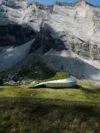
540 Square Meters of Harmony: Modern Architecture Embraces UNESCO Heritage by Snøhetta
Snøhetta announces Refuge de Barroude A safe haven for hikers in the Pyrenees Nestling in …

Čoarvemátta: New Hub Blends Sami Culture with Traditional Architecture by Snøhetta, together with 70°N architecture & artist Joar Nango
New cultural and educational hub Čoarvemátta draws inspiration from Sami heritage and traditional building customs …

Snøhetta unveils a peaceful sanctuary overlooking Japan’s famous Mount Yotei
Photo by: Mir. Rusutsu, Japan—Snøhetta has designed a new model for a vacation home nestled …

Vertikal Nydalen by Snøhetta wins Storebrand Eiendom’s sustainability award
The award was presented on Tuesday, August 13, during an event aboard the Storebrand RS, …
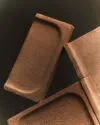
Snøhetta explores the textures of terracotta in a new tile collection with Fornace Brioni
In a second collaboration with Italian ceramic tile manufacturer Fornace Brioni, Snøhetta explores terracotta as …
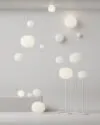
Snøhetta has extended the Volum collection with four new floor variants – Lodes
Snøhetta extends Volum series for Lodes As a continuation of the successful collaboration with Italian …

SuperDuperTube from hemp to lamp design by Snøhetta – ateljé Lyktan
From hemp to lamp More than just an evolution of our classic luminaire, the Supertube, …

TraceLess Innovative cottages with low footprint by Snøhetta
Is it possible to build cottages without ruining nature? The new concept TraceLess by Snøhetta …

Snøhetta & Vipp unveils nest-like cabins on the edge of Lysefjorden
Snøhetta has been working with local entrepreneur Tom Bjarte Norland and Danish interior brand Vipp …

Snøhetta designs urban farm in the heart of Hong Kong
Snøhetta has designed three clubhouses for The Pavilia Farm residential development, creating a calming green …
Westchester Square Library Will be Snøhetta’s Latest Project with the New York City Department of Design & Construction
Last week, Snøhetta, the New York City Department of Design and Construction, and the New …

A new public Garden and a repositioned landmark debut in Midtown Manhattan by Snøhetta
A new public Garden and a repositioned landmark debut in Midtown Manhattan This week Olayan …

Snøhetta designs stars for the Norwegian Cancer Society’s 10th anniversary Christmas Star Campaign
Every Christmas, the Norwegian Cancer Society raises money for lifesaving cancer research through their Christmas …

Snøhetta Summit seating system for +Halle
Summit Modules Every so often a new piece of furniture is created, adhering to principles …

Snøhetta has designed its very first lamp collection Svit – ateljé Lyktan
A piece of Scandinavian nature Snøhetta has designed its very first lamp collection, Svit, in …

Perspektivenweg by Snøhetta Wins Dezeen Awards’ Landscape Project of the Year by Public Vote
We are excited to announce that our Path of Perspectives project, Perspektivenweg, has been named …

Casework collection is growing by Snøhetta – Erik Jørgensen
The Casework collection, a collection revolving around sustainable thinking, created in collaboration with Norwegian architecture …

Casework by Snøhetta – Erik Jørgensen
Sustainability, Minimalism, Customisable. This became the refrain in the process of creating the furniture pieces …

Architecture and Landscape in Norway
Finissage of the exhibition “Architecture and Landscape in Norway – Photographs by Ken Schluchtmann” with …

Europe’s very first underwater restaurant “under” by Snøhetta
At the southernmost point of the Norwegian coastline by the village of Båly, Snøhetta has …
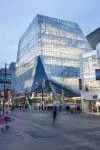
Snøhetta – Ryerson wins 2017 Toronto Urban Design Award
The Ryerson University Student Learning Centre has been selected for a 2017 Toronto Urban Design …

Snøhetta heads for completion in Saudi
Featuring an auditorium, library, cinema, exhibition hall and museum this centre for World Culture will …

Snøhetta completes landscape design for MAX IV Laboratory
Since 2011, Snøhetta has been working on the development of a unique landscape design for …
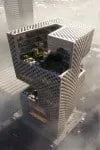
Snøhetta has won a competition to design the new Banque Libano Francaise
Snøhetta to design Banque Libano Francaise’s new headquarters Snøhetta has won the competition to design …

New San Francisco Museum of Modern Art designed by Snøhetta
The transformed and expanded San Francisco Museum of Modern Art (SFMOMA) opens to the public …

Snøhetta and OMA to Stockholm Design Talks
Stockholm Furniture & Light Fair’s own forum for knowledge and discussions in the area of …

7 Cool Architects, a chair and few rules – Fritz Hansen
When Fritz Hansen invited 7 internationally well-known architects to interpret the Series 7™ into new …

Snøhetta @ Danish Architecture Centre 2015
19 June 2015 – 27 September 2015 The summer of 2015 the Danish Architecture Centre …

Våg bicycle roof by Snøhetta Architects – nola
Våg (Wave) is a new, modern bicycle roof in fiberglass, developed new MAX IV Laboratory …

